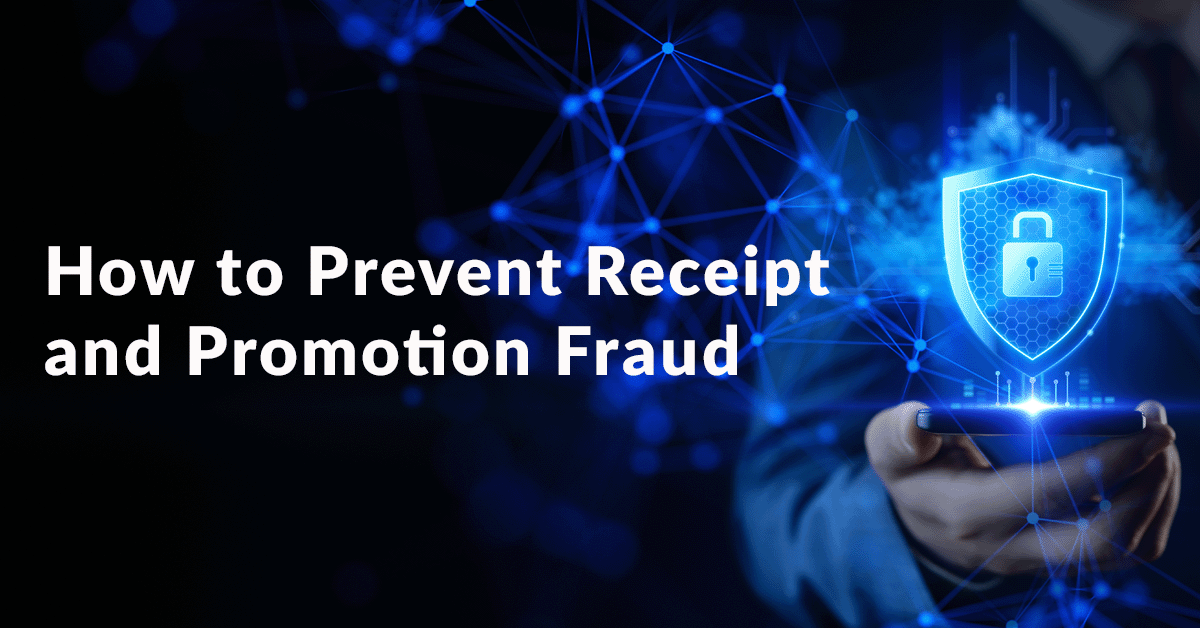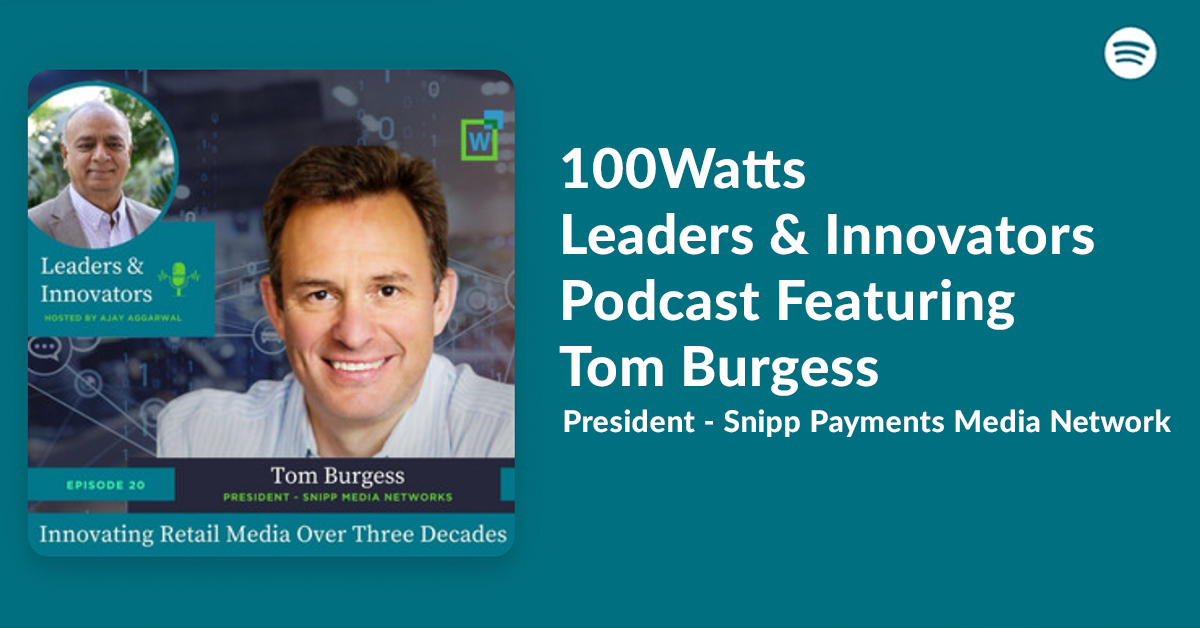Many people in the CPG industry are coming to the realization that the consumer product landscape is increasingly disjointed. Due to the competitive landscape of the industry, CPG brands are consistently seeking new channels for developing their promotional tactics. Brands are continually faced with adversity, challenging them to manage a variety of promotional tactics in hopes of bringing more eyes onto their products and, eventually, see a positive effect on sales through incremental revenue.
So why have the people tasked with consumer promotions seen a decline in their ROI? Nielsen analysts have found that 67% of these promotions fail to break even![1] That’s quite an astonishing number when we consider that the landscape has such a competitive variety of promotional options!
I took it upon myself to find out why this number is so staggering. I came up with two logical perspectives: first, CPG brands are experiencing The Law of Diminishing Returns because of the redundancy of their misplaced promotional options, and second, the assumption that ALL consumers are attracted to deep discount promotions has negatively impacted their incremental sales revenue.
If these are in fact the challenges brands face, how do we overcome them to effect a positive ROI on their promotional investments? It is my belief that these challenges can be easily solved if we take a step back and analyze our tactics. The promotional planning process should stem from a well formulated strategy which relies on consumer insight data. When leveraging tools, such as Receipt Processing, we are readily able to measure our promotional tactics in real-time while also collecting invaluable consumer data for future promotions. Receipt processing aids brands to identify who bought their product and what retail locations had the greatest impact on incremental sales revenue. The receipt technology is also able to identify what other “competitive” products have been purchased within the same basket and how much of the actual basket size was impacted by your brand. This is very valuable information for the brand to use when negotiating for valuable shelf space at retail. I would challenge brand/shopper/consumer promotional managers to evaluate their ad-hoc executions and leverage tools that correlate with one another.
As I wrote in my last article, studies have shown that deep-discounting actually negatively impacts the ROI of the promotion. It’s imperative that brands strategically and tactfully prioritize what products to promote. Brands typically see incremental spikes in sales when aligning their promotions with seasonality themes. So why are so many brands neglecting Loyalty Programs that could target their most loyal customers to influence a purchase behavior? As a consumer, it would be great to be rewarded for sharing a social post of myself enjoying my favorite brand’s product! As simple and easy an action that is to promote in a campaign, it’s not a conventional tactics brands are employing. On the other hand, brands could REALLY benefit from collecting an unprecedented amount of data based on customer demographics and interactions. Let us not forget that extensive retargeting options strengthen your relationship with your customers!
Let us really think about this: a loyal customer would love a variety of different rewards options including digital media, prepaid credit cards, a physical rewards store and more. The consumer has a high perceived value for these rewards, but they come at a relatively low cost to the brand. This is indeed challenging the traditional model of deep discounting, which, as we’ve learned today, isn’t as effective as we all seem to think. (Thanks to the great folks at Nielson for sharing this data with us!)
Written by Igor Kolpak, Strategic Business Development at Snipp
[1] http://www.foodnavigator-usa.com/Manufacturers/Three-quarters-of-CPG-promotions-don-t-break-even-Nielsen





